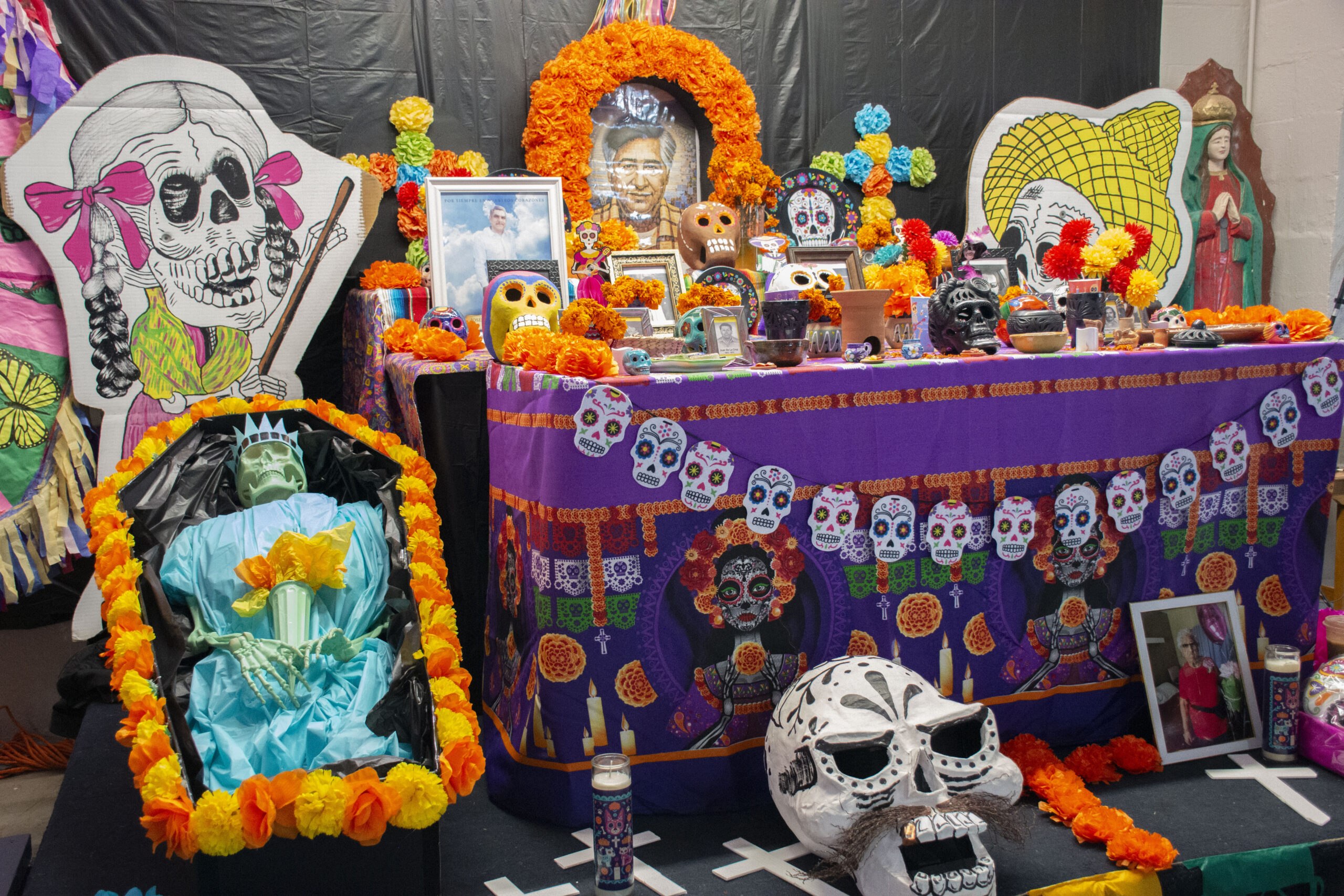Naturalization: Hundreds of thousands of U.S. residents achieve citizenship each year
by Gail Burkhardt
Silvia Saucedo’s throat felt tight as she walked into the U.S. Citizenship and Immigration Service Center in Harlingen. The interview and test she had come for went by in a whir.
The nerves and hard work paid off when Saucedo, of Weslaco, passed her naturalization test about a month ago. Saucedo soon will become a U.S. citizen after moving to the country from Mexico 21 years ago.
A few days after passing her test, the beaming woman spoke to her former classmates in the U.S. citizenship class at La Unión del Pueblo Entero (LUPE) to inspire them to study hard to become citizens themselves.
“I come to motivate you,” she said in Spanish, telling her classmates to study when they come home from work each day.
Saucedo is one of the more than 600,000 people who become naturalized U.S. citizens each year.
To become a naturalized citizen, most people have to be a permanent U.S. resident for five years, receive approval of their application and pass the naturalization test and interview.
THE TEST
The test consists of U.S. civics and history questions, and conversing, reading and writing in English. Proctors also go over the naturalization application, a document called a Form N-400 for most people, in English with the aspiring citizen.
Immigrants must correctly answer six of 10 civics and history questions. Applicants can study the 100 possible civics and history questions that could appear on the test beforehand.
They have to correctly transcribe at least one of three sentences a proctor reads aloud in English. They also must correctly read aloud one of three sentences in English.
“The idea isn’t to make sure someone is absolutely fluent,” said Tim Counts, Citizenship and Immigration Service spokesman. Applicants must be able to communicate in English, but it does not have to be perfect.
People who are 55 or older and have been permanent residents for 15 years, and those ages 50 to 55 who have been permanent residents for 20 years, can take the test in their native language. Those who have a physical or mental impairment that make them unable to speak English may take the test in another language.
It costs $595 to apply to take the test and an additional $85 to have fingerprints taken. If an applicant fails the naturalization test the first time, he or she can take it again within 90 days without reapplying. If the applicant fails the test a third time, he or she must reapply and pay the fee again.
PREPARATION
The students in the U.S. citizenship class meet for two hours twice a week at the LUPE campus at 1601 E. Business 83 in San Juan.
Their teacher, Claudia Garza, is strict, but she makes sure her students pass, said Jissel Solis, 40, an immigrant from Honduras.
Garza said she assigns homework after each class and gives tests that simulate what students will have to do during the interview. In one such test, students transcribed what Garza said in English. Garza gives her students more difficult sentences to transcribe than they will see during the official exam because it makes the naturalization test seem easier, she said.
Garza, who also teaches English at LUPE twice a week, said students who speak no English usually need about a year of the class to pass the test, while those who speak at least a little need about six months of the class. The class comes with the $40-a-year LUPE membership, which also includes other services such as immigration services, notary services and tax preparation.
The LUPE class is full of aspiring U.S. citizens, each with his or her own reasons for becoming naturalized.
McAllen resident Jose Gonzalez, 65, wants to become a citizen to bring his two adult sons, who live in Monterrey, to the U.S. so they will have more opportunities to work. He also worries about their safety. Gonzalez, who is from Mexico and came to the U.S. to work 11 years ago, said he expects to take his test in about two months. Along with the eight hours of English and citizenship classes he attends each week, he studies about an hour a day to reach his goal.
Solis, who lives in Alamo, came to the United States from Honduras 18 years ago, but did not receive permanent residency until five years ago. She said she looks forward to being able to vote.
She wants to become a citizen “to feel like a part of here,” she said in Spanish. “I’ve lived here a long time.”
THE FINISH LINE
Along with voting and a sense of belonging, U.S. citizens enjoy rights such as working for the federal government and having a U.S. passport.
“If you travel abroad, you have a U.S. passport,” Counts said. “You have the full support of the U.S. government behind you.”
Counts said he still gets emotional when attending naturalization ceremonies because he sees how hard people have worked to become a part of the United States.
During the ceremonies, those who have passed the naturalization test take their Oath of Allegiance to the United States. Usually someone speaks and performers play or sing music, Counts said.
The U.S. District Court for the Southern District of Texas will host the next ceremony Friday in McAllen. The court had not determined the ceremony’s location at press time.
The appreciation that immigrants have for the United States really shows during the ceremonies, Counts said. Sometimes native-born citizens take the freedoms available in the U.S. for granted, while those who have worked to become citizens value those liberties, he explained.
“I think it would be great if every native-born citizen attended one naturalization ceremony,” Counts said.





